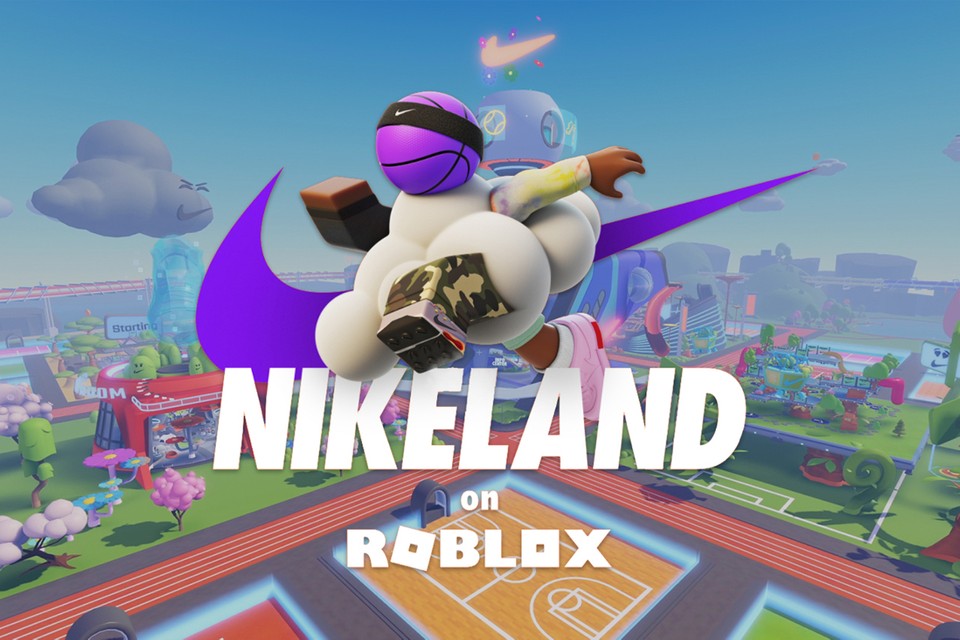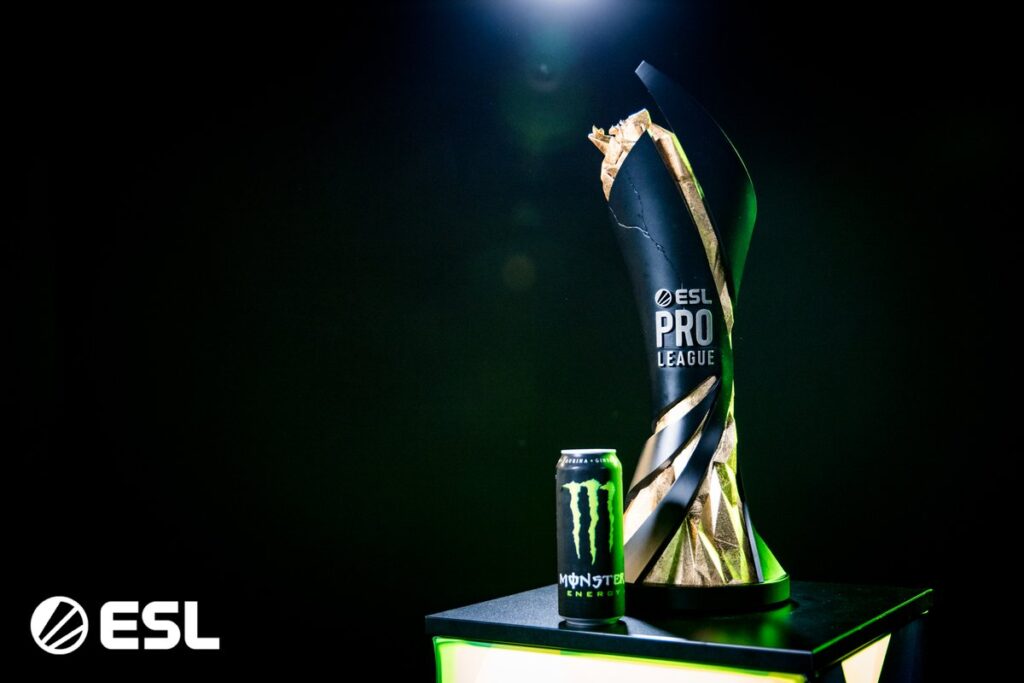Effective gaming marketing strategies and campaigns require knowledge of specific terminology.
So, this is the second part of a series covering those terms. See part one here.
The objective is to learn their meanings, and gain insights that help navigate this dynamic space!
In-game experience
The in-game experience is immersion in the goals, objectives, and rules characteristic of digital gameplay.
As a result, the terms gameplay, playable experience and in-game experience are synonyms.
Along those lines, in-game marketing activities are those which integrate brand presence into playable experiences.
Example
In 2021, Nike created a virtual world on Roblox, called Nikeland. In it, players could participate in mini-games like tag, dodgeball and “floor is lava.” The playable experience racked up over 34 million visits before being discontinued in May 2024.

Around-game experience
The around game experience is marked by audience interaction with gameplay around, but beyond a virtual world (the in-game experience).
This includes behaviors such as video game livestreaming e.g., where players share gameplay with viewing audiences.
Example
Amazon’s Twitch allows users to share and consume video game livestreams. So, it is an around-game platform. Likewise, sponsorship of Twitch livestreamers is one way to reach around game audiences.
Away-from-game experience
The away from game experience consists of behaviors associated with physical events, media, products, and so forth derived from gameplay or gameplay elements.
Example
Watching Prime Video & Amazon MGM Studios’ Fallout series, a show based on the video game title from Bethesda Softworks, is an away from game experience.

Gaming marketing
Gaming marketing is the practice of inspiring action by way of relevance to game experiences.
Gaming marketing focuses on actions because the entire marketing funnel – consisting of awareness, consideration, conversion, loyalty and advocacy – is itself composed of actions.
Example
Gaming marketing is distinct from video game marketing, which is solely about encouraging the action of digital gameplay.
Endemic gaming marketing
Endemic gaming marketing applies to intended actions which are dependent on digital gameplay.
This category includes marketing and advertising for all offerings that could not exist without video games.
Example
The ESL FACEIT GROUP is an esports and video game entertainment company. The Cologne-based organization engages in endemic gaming marketing to promote the Counterstrike Pro League event series. Since those events could not exist without video games.
Non-endemic gaming marketing
Non-endemic gaming marketing covers intended actions which are independent of digital gameplay.
All non-gaming offerings leverage non-endemic gaming marketing to inspire action from gaming audiences.
Example
Monster Energy’s ESL Pro League sponsorship was a non-endemic gaming marketing exercise. Since energy drinks exist independently of video games.

Gaming marketing campaign
A gaming campaign is a coordinated set of marketing activities which include the following elements:
- An intended action
- A clear relevance to a game experience
- Media and channels used to reach a gaming audience
The flexibility to tap into any type of game experience and or channel means gaming campaigns can involve presence within or beyond a virtual world.
Example
Nike’s Roblox experience and Monster Energy’s ESL Pro League activations both qualify as gaming marketing campaigns.
Also, remember to subscribe to our YouTube channel to keep up with the latest gaming marketing insights and trends!

